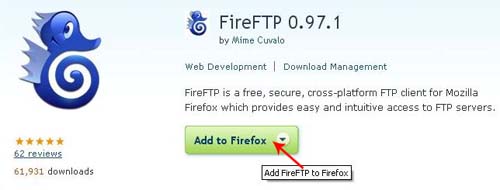

If you’re looking for an old file try a version from .)Īfter you press the Enter key, your browser displays a list of available folders for your use rather than a web page. This is an example where a company customized the information based on the user agent. In the second thumbnail showing an FTP connection using Internet Explorer, you’ll see additional information. For example, Accessing FTP site in Chrome For example, the web hosting company I use does not allow FTP connections using a browser.įor most anonymous logins, the FTP browser syntax is the same regardless of browser. There are some cases where browser access is disabled by organizations. Regardless of your connection type, you can use your web browser to gain access in most situations.

Many companies use this method for people to upload large files to the server.
User name + password – this is the most restrictive as the user has to have an account and password to gain access to the site. User name required – in this instance the organization wants you to have an account to access the site. Here you can download different versions of free popular applications. You do not need to include any user information. Anonymous FTP access – this is the easiest connection method. Adding the User Information in the Address BarĮach organization determines how they wish users to connect to their FTP server. FTP Connection Requires Username and Password. Most have deprecated the function or only allow it by going into the //flags section and enabling FTP support. You may also find that your browser no longer allows FTP or SFTP access. One that comes to mind, which I’ll do a future review on is FileZilla. Many have moved to use public download areas on their websites so FTP is no longer needed.įor those scenarios where FTP is allowed, I would strongly recommend using a dedicated FTP client. Update: : Since the time that I initially wrote this article in 2005, fewer companies offer public FTP sites. Although you can use dedicated FTP clients such as CuteFTP, WS_FTP, FileZilla, and others, some sites still allow you to connect to FTP servers using your browser. Some companies use FTP to distribute software updates, patches, and forms. Webmasters use FTP software to upload files from their computer to a web server. The acronym FTP may sound new, but it is a well-established transfer protocol.






 0 kommentar(er)
0 kommentar(er)
